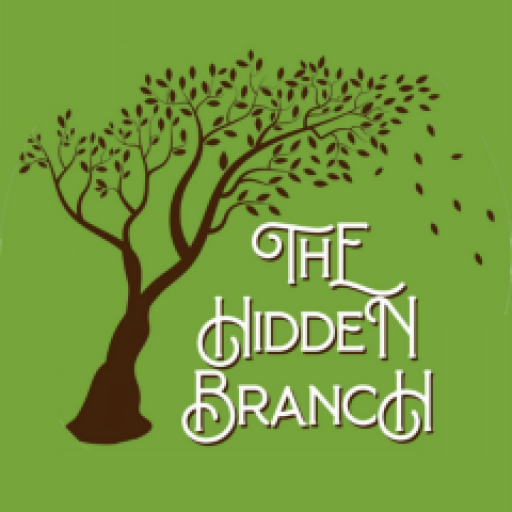When Judy Jacobson’s team reached out to The Hidden Branch in search of a book review for History For Genealogists (revised ed. 2016), I was delighted. Not only do I love the combination of reading and genealogy, but as a history major who loves providing context for my family history, I couldn’t wait to dig in. I was sure that this book could advance my skill set for future research, and I wasn’t disappointed!
History For Genealogists is visually enticing and easy to read – perfect for genealogists of all levels of experience. There is little to no use of difficult academic discourse to dismay the reader and every point is conveyed coherently through layman’s terms. My favourite part of the book is the charts, maps, and timelines utilised to show the genealogist how the use of these could enhance their own research. I am a big fan of logic – logic puzzles in particular – and detective work involved in genealogical research. Jacobson demonstrates through her book just how important these visual features are for solving logical puzzles in your own family. A good example would be the classic great-great-great-grandmother who had multiple children aged 11. Utilizing timelines helps you weed out facts that are likely not true – nor possible.
The major focus of this book is the use of historical timelines to generate the context in which to situate your ancestors. While this book is US-based and many of the timelines didn’t directly relate to my own research (as an Australian genealogist), Jacobson does provide a comprehensive timeline of worldwide events, including topics of transport, disease, military events, and many more. If I was a US-based researcher of European descent, this book would be the ultimate treasure trove. It contains a wealth of information through these timelines that you never thought you needed, but not only would the information provided flesh out the skin and bones of your family history narrative, it could also help to break down some brick walls. In conjunction with these timelines, Jacobson provides insightful paragraphs demonstrating how to use the given historical, political, and social contexts in your own research.
I was most intrigued with the information offered about slavery in the US, including its geographical distribution and timeline, alongside information about different racial groups that exist in the US – something a born and bred Aussie isn’t that familiar with. Saying that, however, the timelines for different countries within this book all begin with first contact with Western colonisers. I do understand that the timeline has to begin somewhere, however, it would be more appropriate to have an acknowledgment in the preface or somewhere else in the book about the rich histories these countries had before colonisation or first contact with Western forces. It is important in this day and age to acknowledge that history doesn’t start with the white man.
I particularly enjoyed the section about “Myths, Confusion, Secrets and Lies”, elements that are unavoidable in most family histories and certainly my own. Jacobson points out what the differences are between each and how to spot these in your own research. Moreover, Jacobson provides useful tips, sources, and discussion points to aid the reader in ‘do-it-yourself’ oral history interviews on a family member or subject of interest. These would come in handy for someone wanting to conduct their own for the first time. Jacobson also reminds us to be wary of oral history and to not take everything said as the truth. However, many cultures practice oral history in line with their tradition and it is true for them, so we must be aware of this when making assumptions about these genealogical methods. After all, Eurocentric methods of recording history are not flawless either. Falsified documentation and biased accounts of historical events are just the surfaces of this discussion.
Overall, History For Genealogists is brilliantly written and structured and I thoroughly enjoyed my time with it. It is a book I will go back to time and again when wanting more information on a particular period of time and it is a wonderful resource to have on hand for any genealogist. While there are a few points I wanted to address regarding the Eurocentric approach used in this book, it doesn’t take away from my overall enjoyment of it. I look forward to reading Judy’s other book A Field Guide For Genealogists and I thank her team for the opportunity to review this book for The Hidden Branch.
